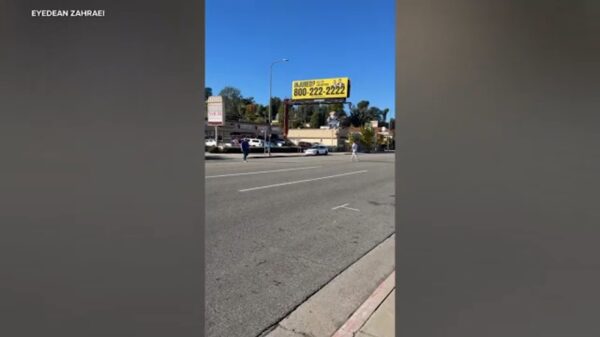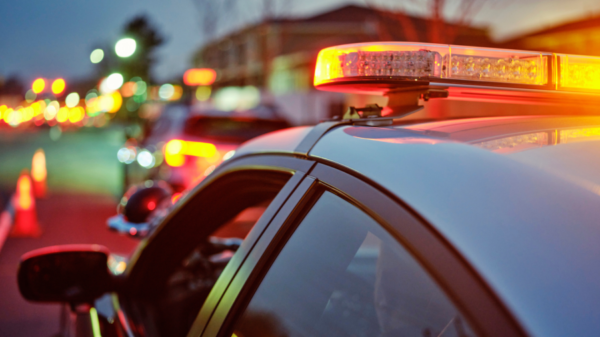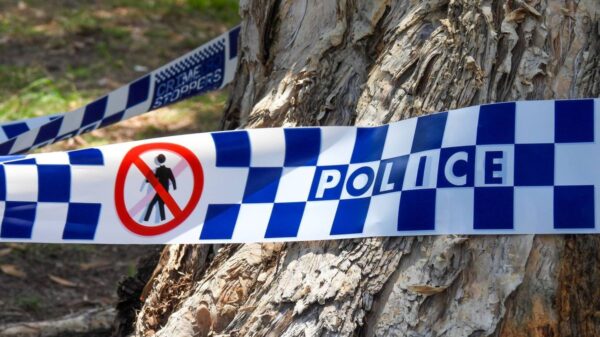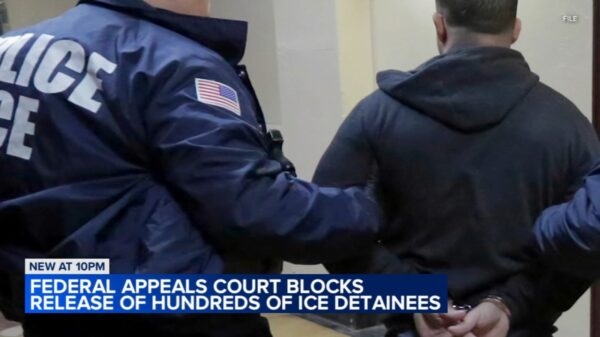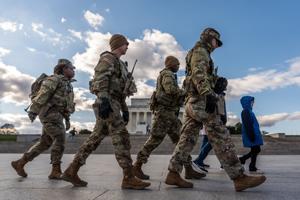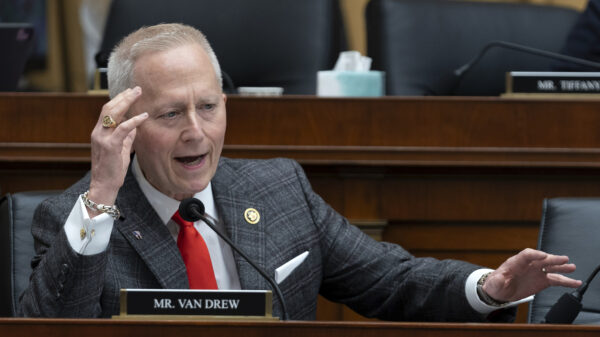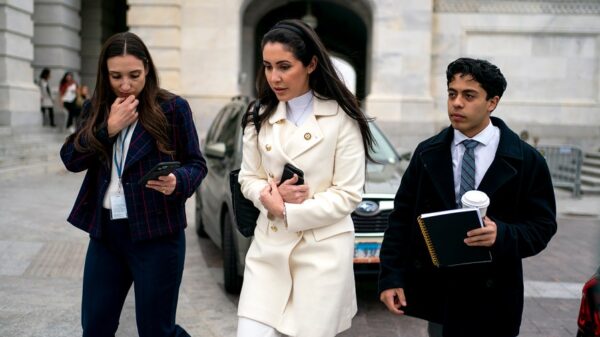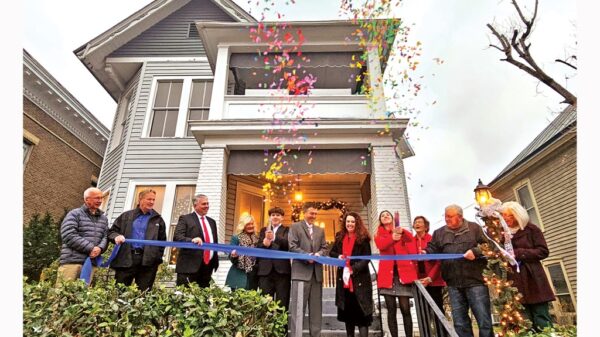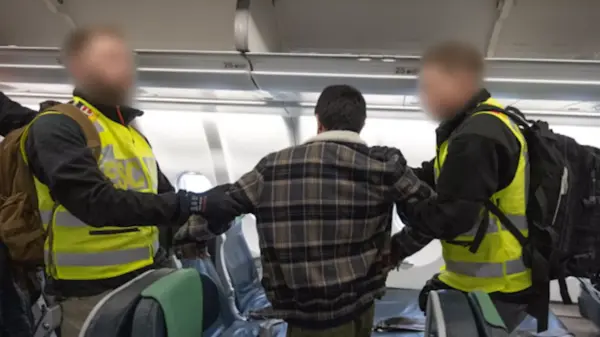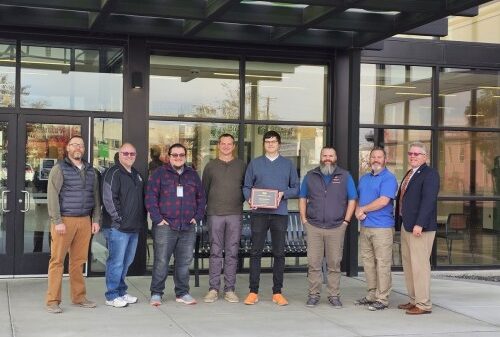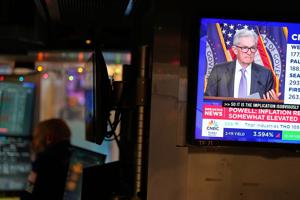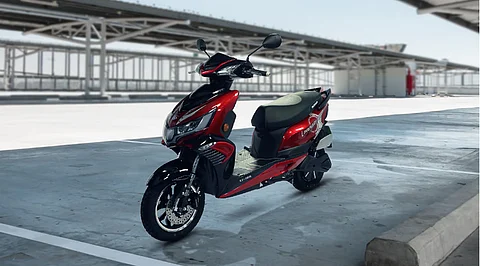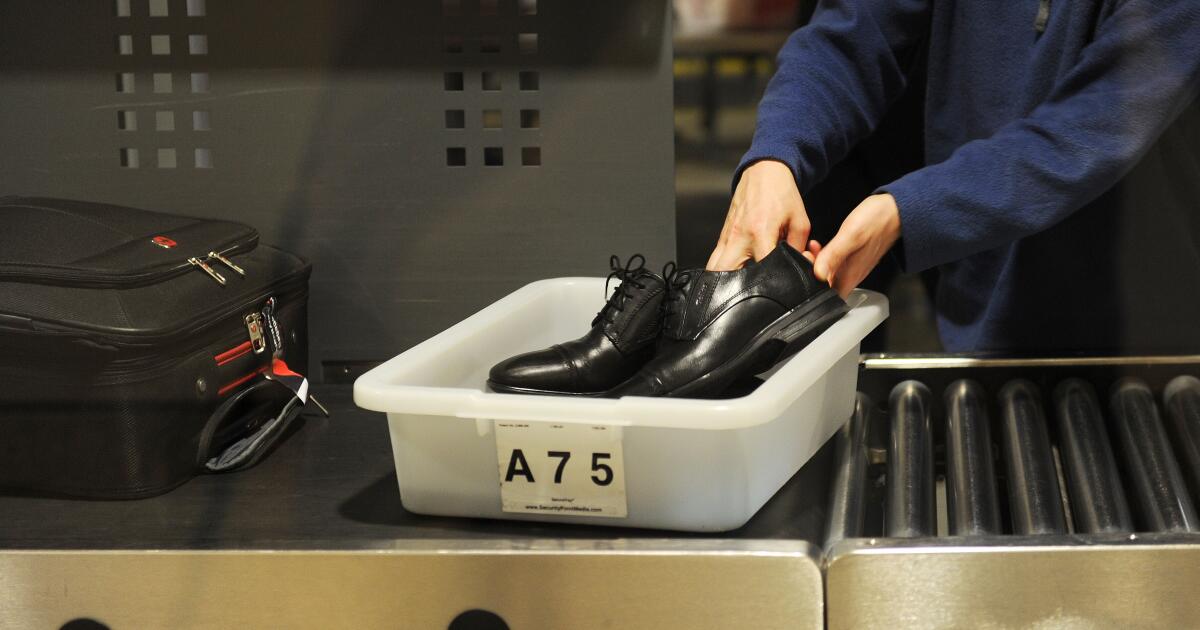An air traveler places his shoes in a bin before passing through the security screening at Los Angeles International Airport. For many, the ritual of removing shoes at airport security has long been a dreaded aspect of air travel. However, this requirement is being phased out at several airports across the United States. The Transportation Security Administration (TSA) will now allow travelers to keep their footwear on during security screenings, marking a significant shift in airport security procedures.
Kristi Noem, Secretary of Homeland Security, announced the policy change on Tuesday afternoon. “We know that when President Trump was elected, he pledged to make life better for all Americans, including those traveling through our busy airports,” Noem stated. She emphasized the importance of streamlining the security process as the U.S. anticipates hosting major events such as the Olympics and the World Cup, which are expected to attract record numbers of travelers.
Implementation and Impact
The American Federation of Government Employees confirmed that some airports adopted the new policy as early as last Friday, with agency trainers working to update TSA officers, according to a report by the Washington Post. This development follows TSA’s ongoing efforts to enhance the efficiency of airport security screenings.
Under the new guidelines, travelers will continue to undergo multiple layers of screening, including identity verification and carry-on luggage checks, without the need to remove their shoes. However, TSA agents may still request shoe removal if additional screening is deemed necessary, Noem noted.
Airports Leading the Change
As of Tuesday, the policy had been quietly implemented at several airports, including Baltimore/Washington International Airport, Fort Lauderdale International Airport, Cincinnati/Northern Kentucky International Airport, Portland International Airport, Philadelphia International Airport, and Piedmont Triad International Airport in North Carolina, as reported by CBS News. The rollout is expected to expand rapidly across the nation.
Each airport has different screening equipment with varying capabilities, but Noem assured that the federal agency had “evaluated the equipment that every airport has” and was “fully confident” that security needs would remain intact at every checkpoint.
Historical Context and Technological Advances
The practice of shoe removal at airports was established in 2006, following an incident in December 2001 when Richard Colvin Reid attempted to detonate explosives hidden in his shoes during an American Airlines flight. This incident led to heightened security measures, including the shoe-removal policy.
In recent years, the TSA has been working with the Department of Homeland Security to develop next-generation passenger screening technology aimed at improving efficiency. John Fortune, leading the department’s airport passenger screening research, highlighted efforts to enhance current technology and create sharper X-ray images. “How do you implement a shoe scan, or do you put it in with an existing portal system where the person is already standing while screening their shoes at the same time?” Fortune questioned, emphasizing the need to reimagine the checkpoint process.
Looking Ahead
During the announcement, Noem revealed plans to pilot several new security checkpoints across the country that could allow travelers to pass through without interacting with officers, keeping their bags and laptops with them. She estimated these pilot programs could be explored over the next six to nine months.
While the new policy marks a significant change, it currently applies only to travelers passing through regular security checkpoints. Those enrolled in expedited screening programs like TSA PreCheck or Clear have already been exempt from shoe removal.
The announcement comes as part of a broader effort to modernize airport security and improve the travel experience. As these changes take effect, travelers can expect a more streamlined and efficient process, potentially transforming the landscape of air travel security in the United States.


